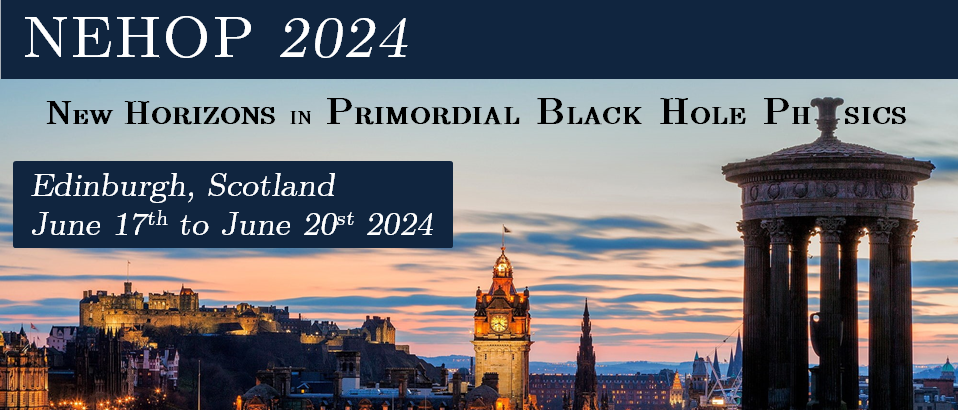Speaker
Description
Ultra-light PBHs with masses $M<5\times 10^8\mathrm{g}$ can dominate transiently the energy budget of the Universe and reheat the Universe through their evaporation taking place before Big Bang Nucleosynthesis (BBN). Interestingly enough, the inhomogeneous distribution of a population of such light PBHs can induce the abundant production of GWs due to second-order gravitational effects. In this talk, we will discuss the effect of primordial non-Gaussianity on the clustering properties of PBHs as well as on the spectral shape of the aforementioned induced GW signal. In particular, focusing on local-type non-Gaussianity we find a distinctive double-peaked GW signal which, depending on the PBH mass $M$ and the initial abundance of PBHs at formation time, i.e. $\Omega_\mathrm{PBH,f}$, can lie within the frequency bands of future GW detectors, namely that of LISA, ET, SKA and BBO, hence rendering this signal potentially detectable by GW experiments and promoting it as a novel portal probing primordial non-Gaussianities. Remarkably, by accounting on BBN bounds on the non-Gaussian GW amplitude we set model-independent constraints on the effective $\tau_\mathrm{NL}$ on very small scales $k>10^5\mathrm{Mpc}^{-1}$ otherwise inaccessible by CMB and LSS probes.

